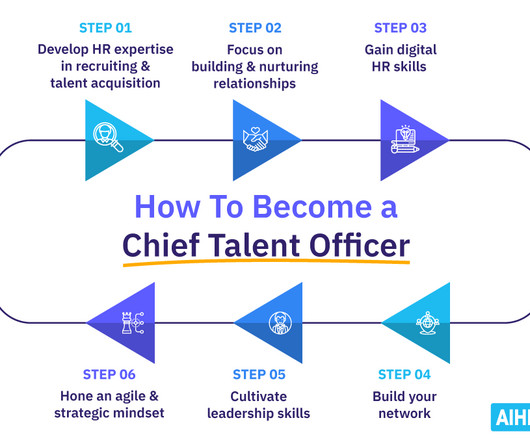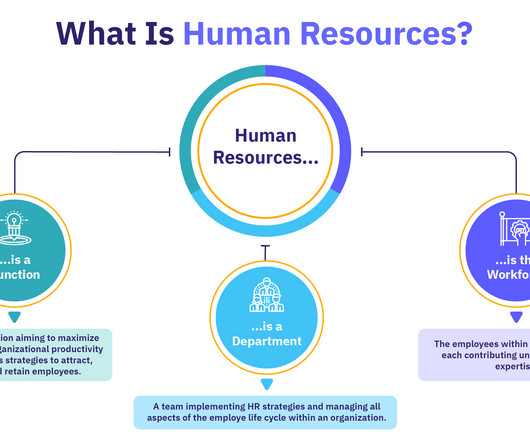How to Improve Retention: 10 Strategies to Support Employees and Reduce Turnover
15Five
OCTOBER 30, 2023
Employee turnover is an increasingly significant challenge across nearly every industry, and the decline started well before the Great Resignation. These outcomes are inextricably linked, making retention mission-critical to your business. What causes employee turnover? years to 4.1























Let's personalize your content